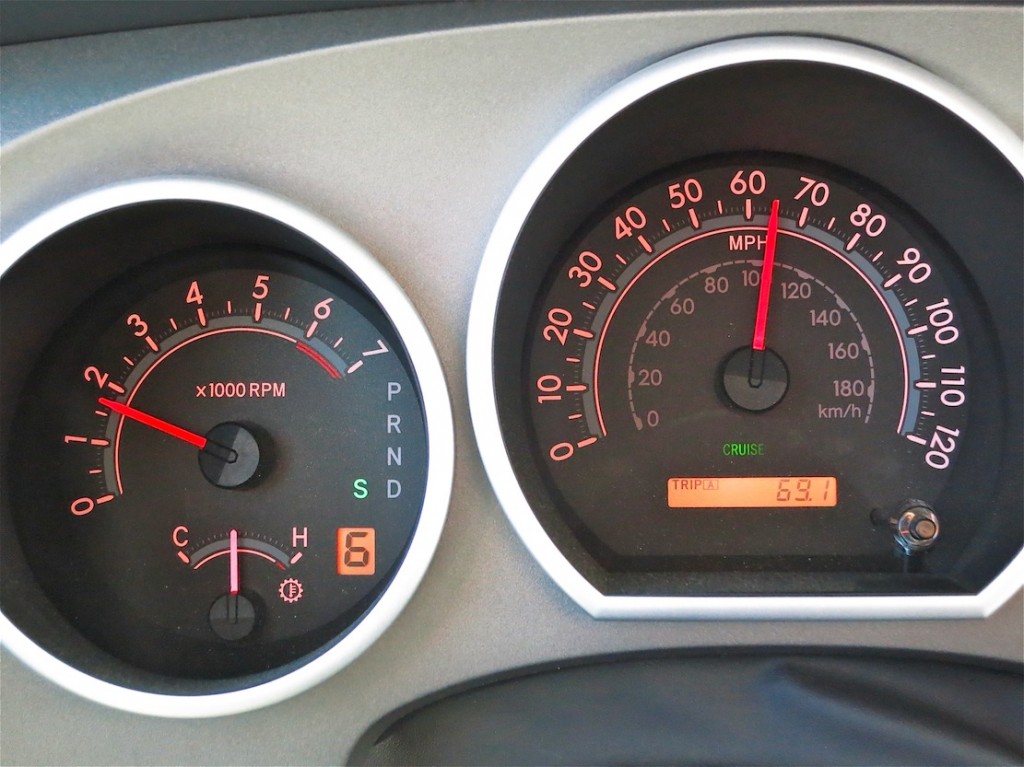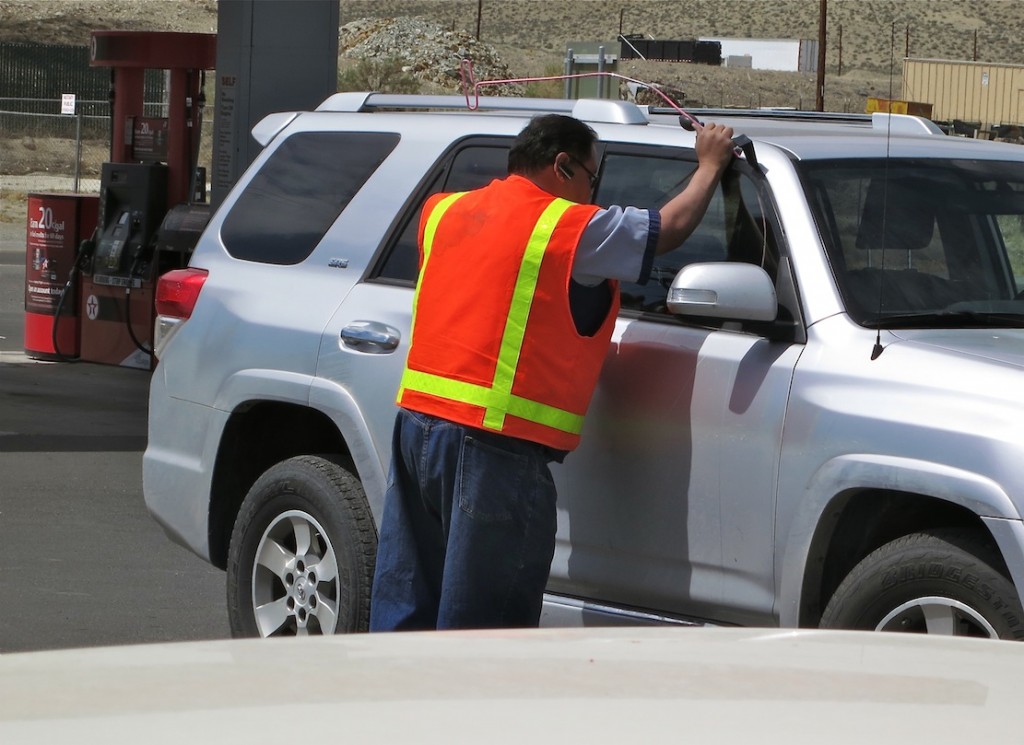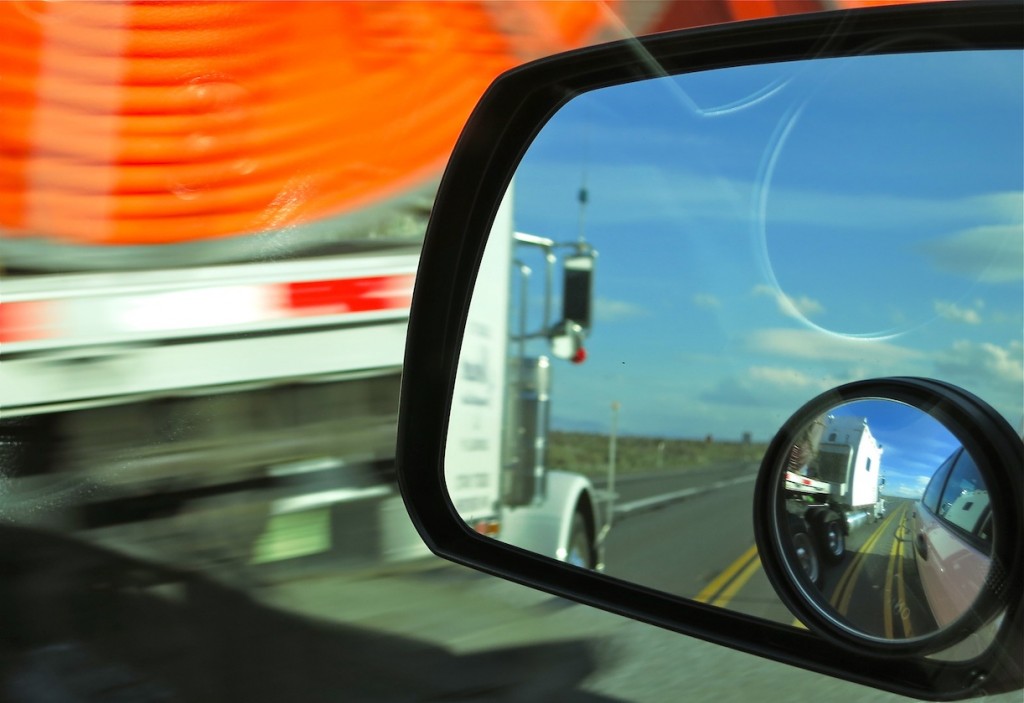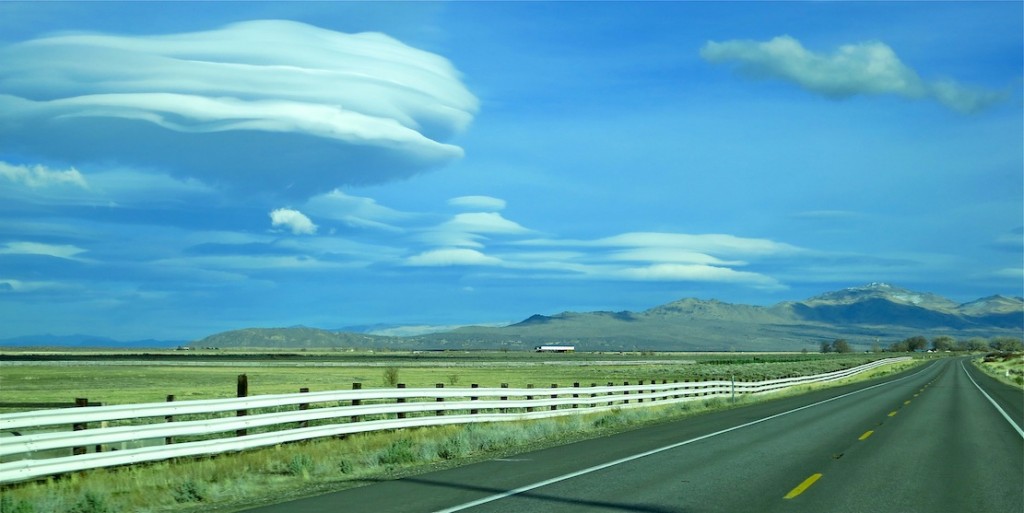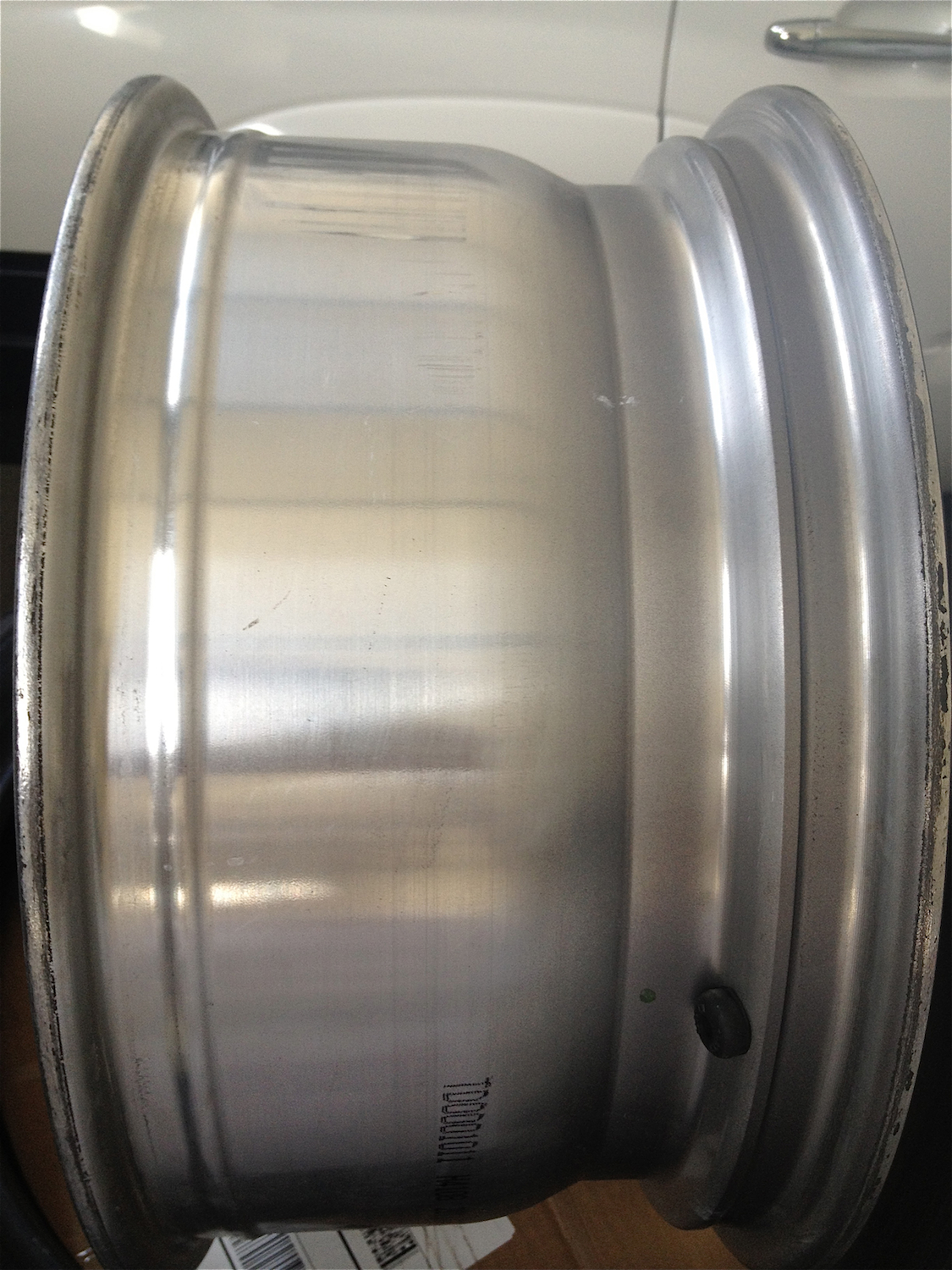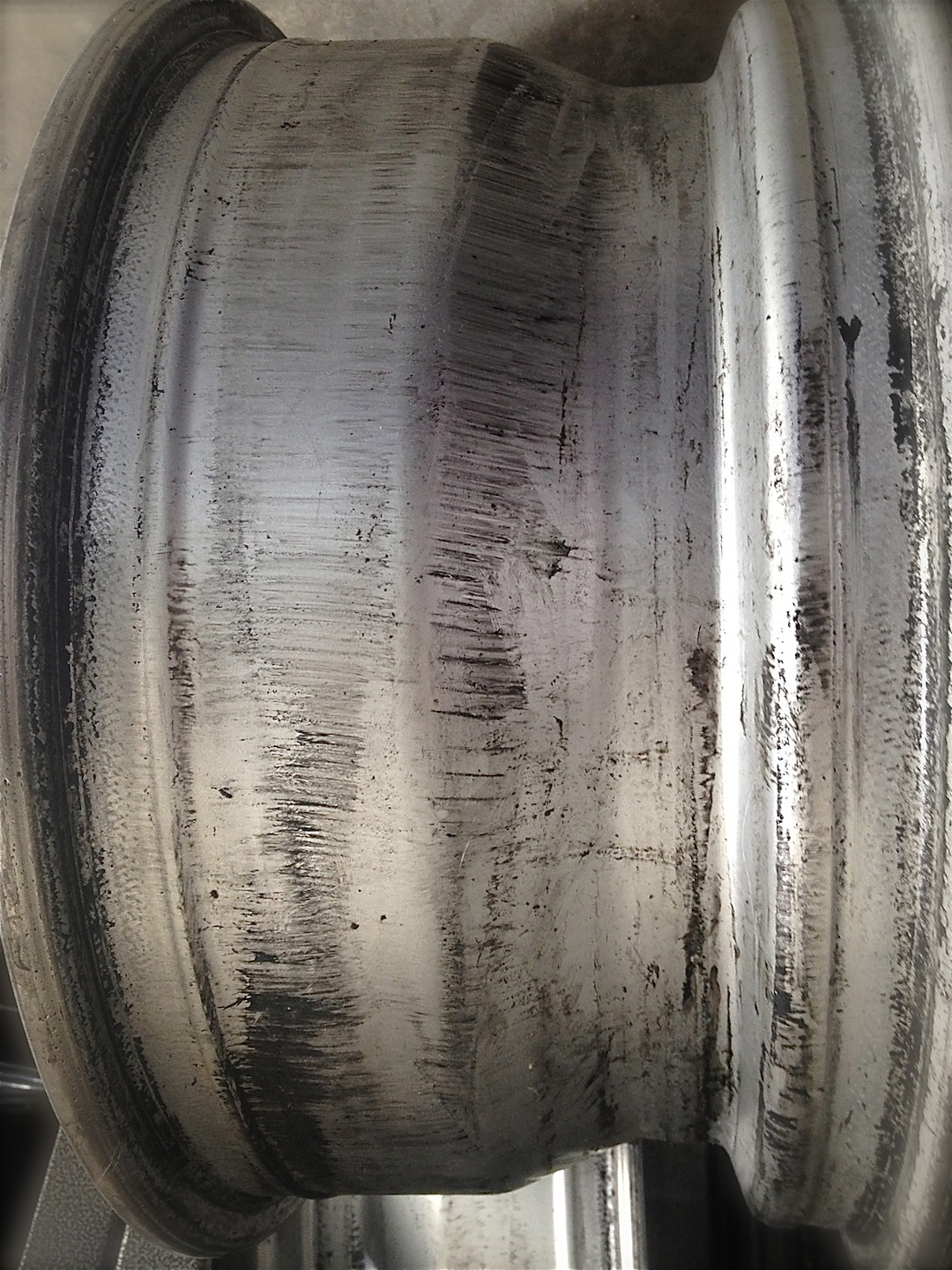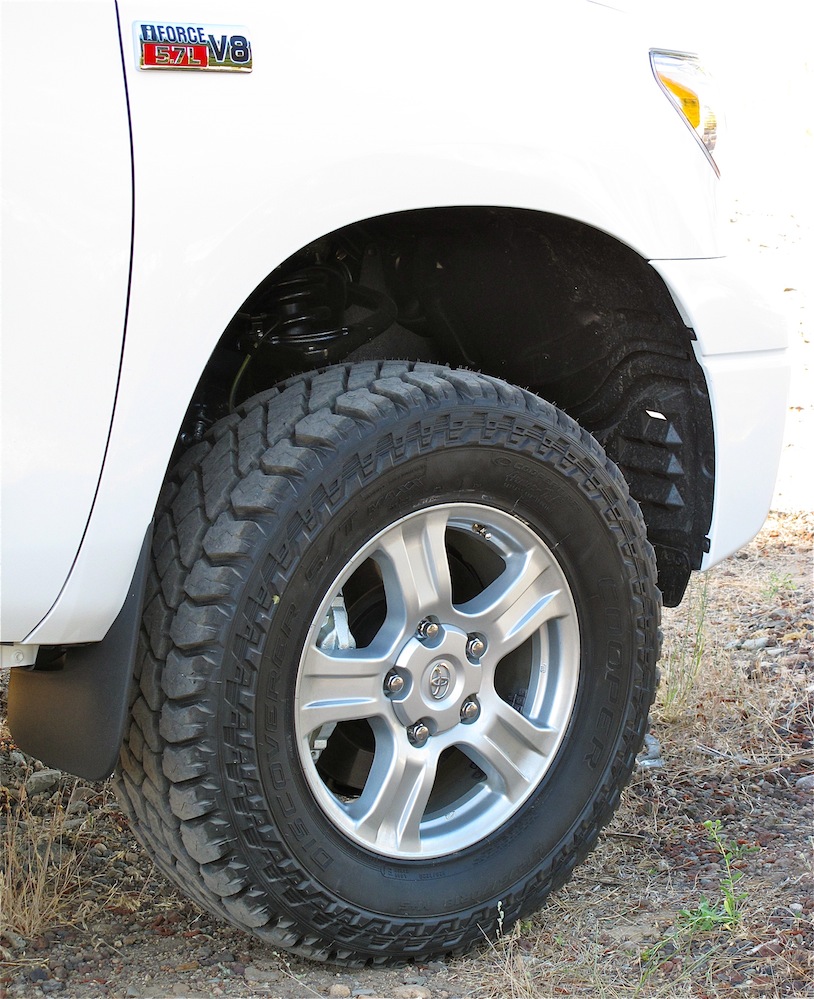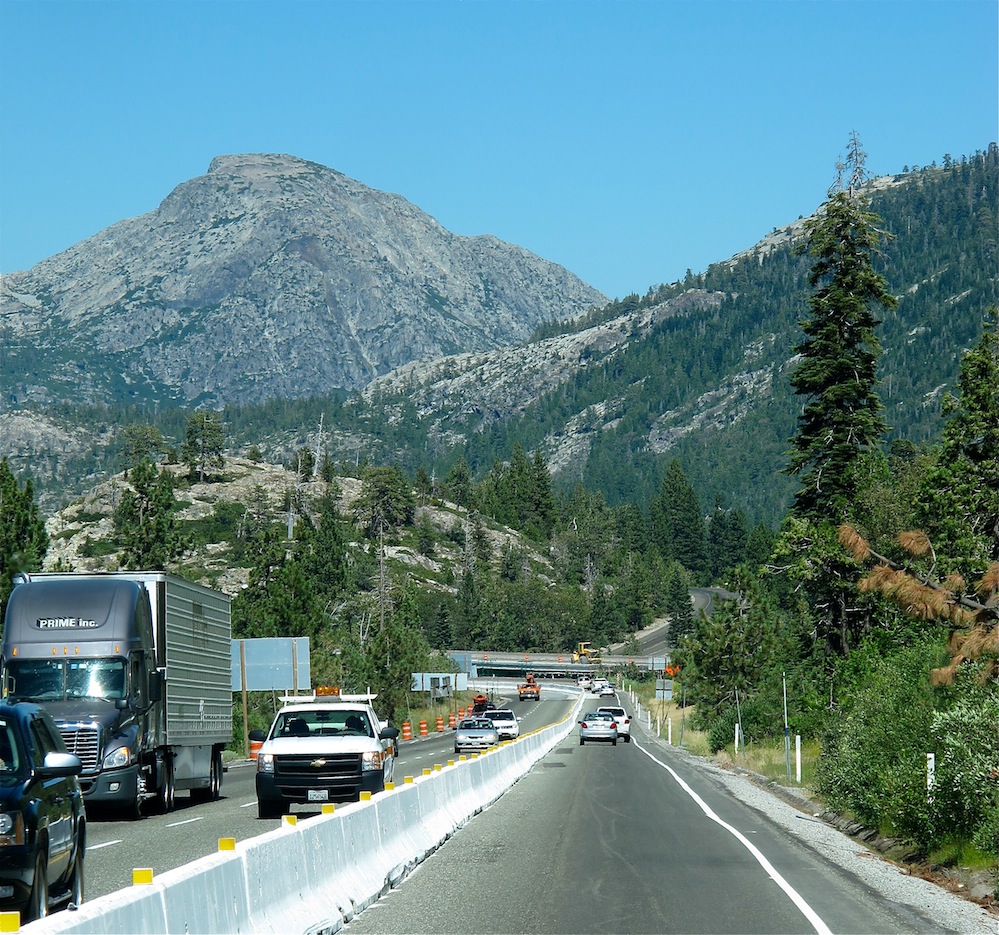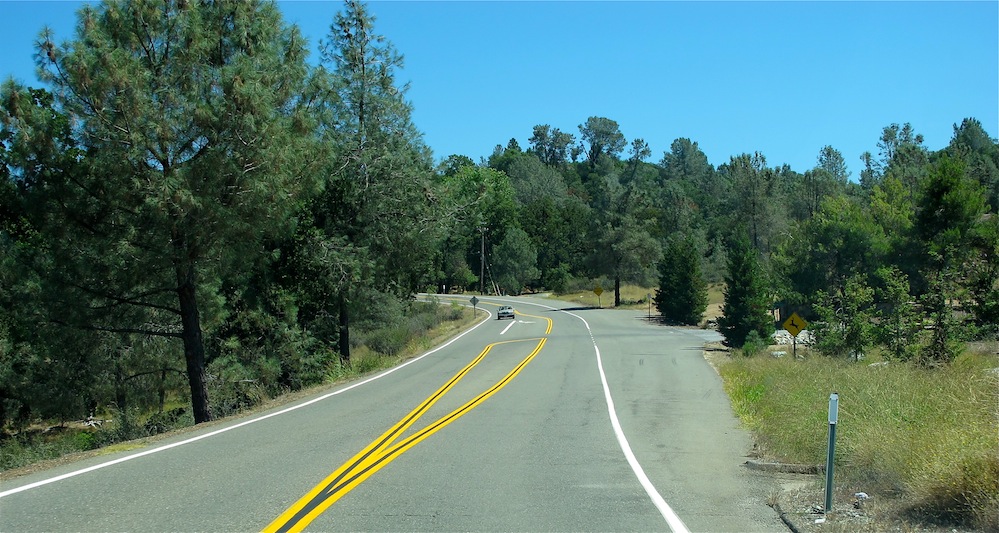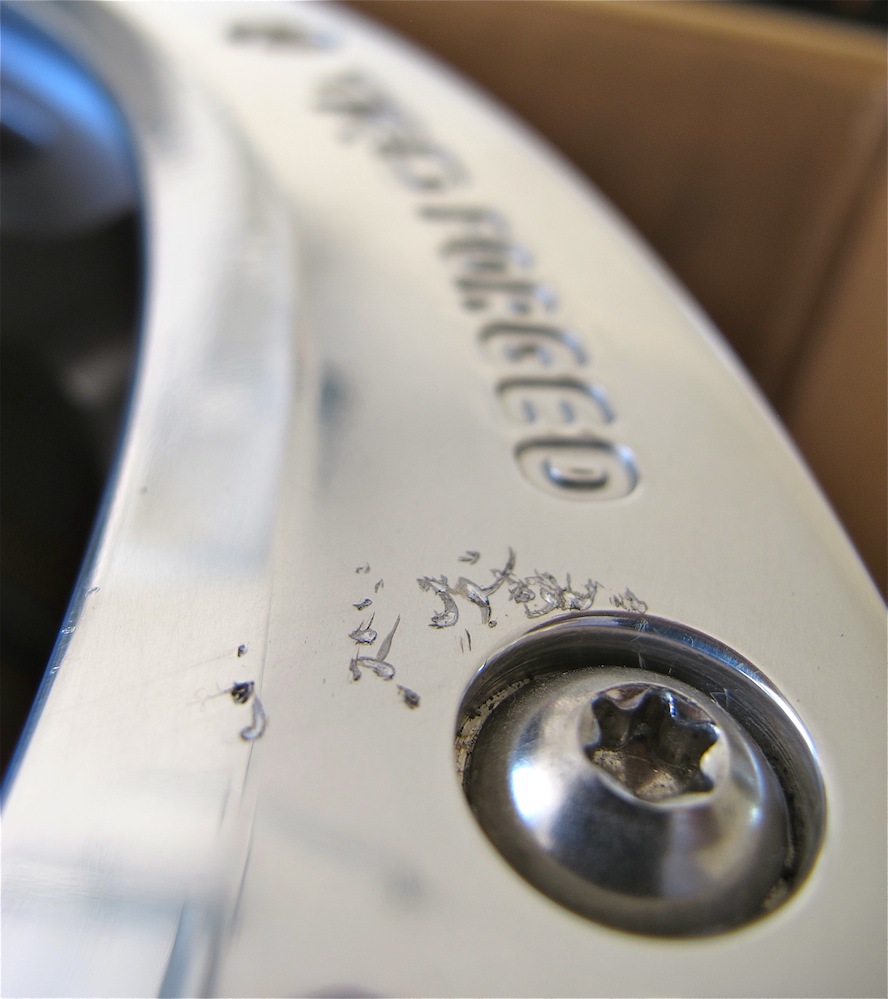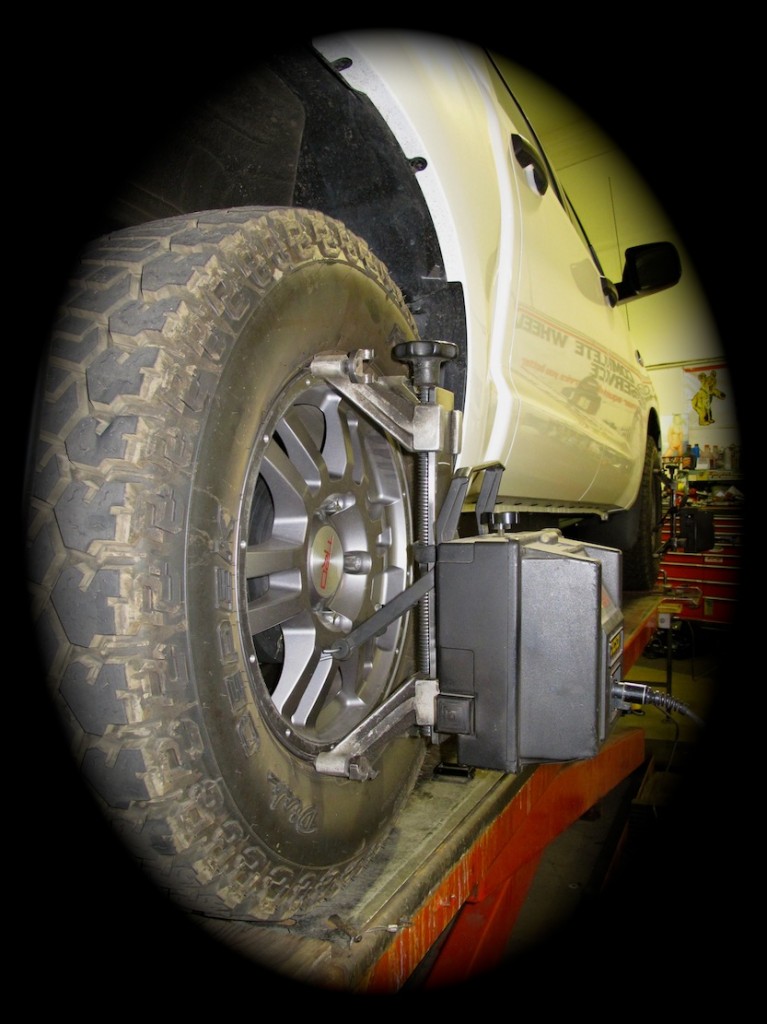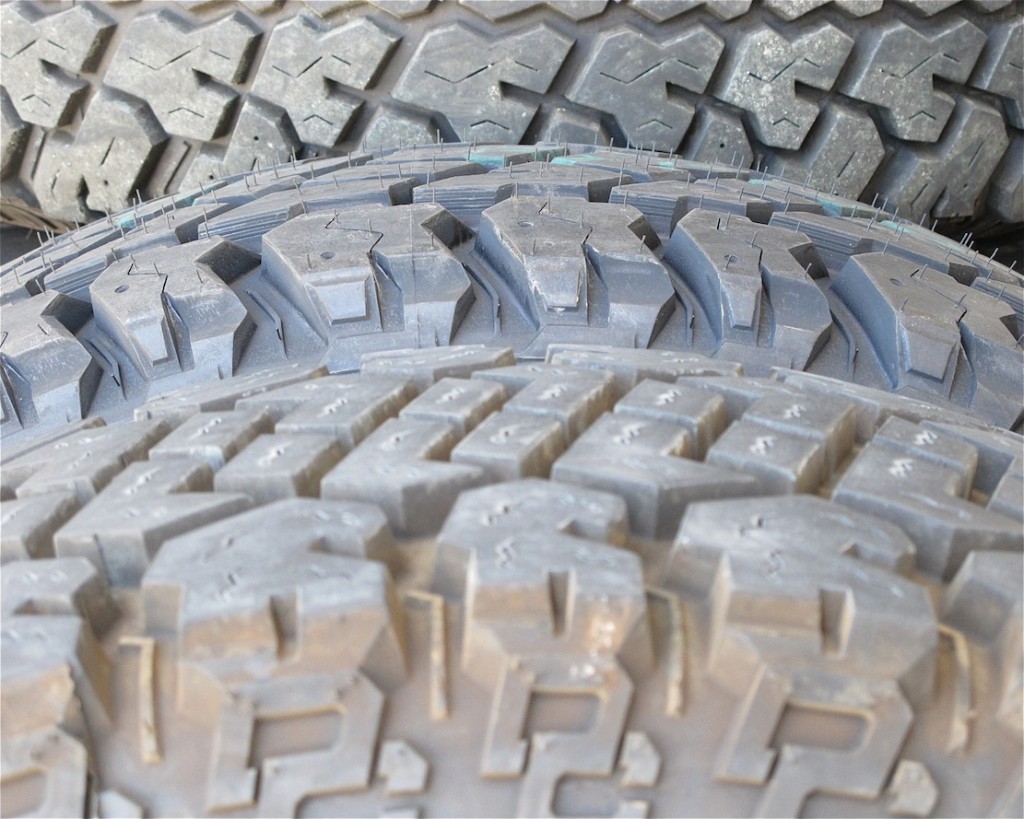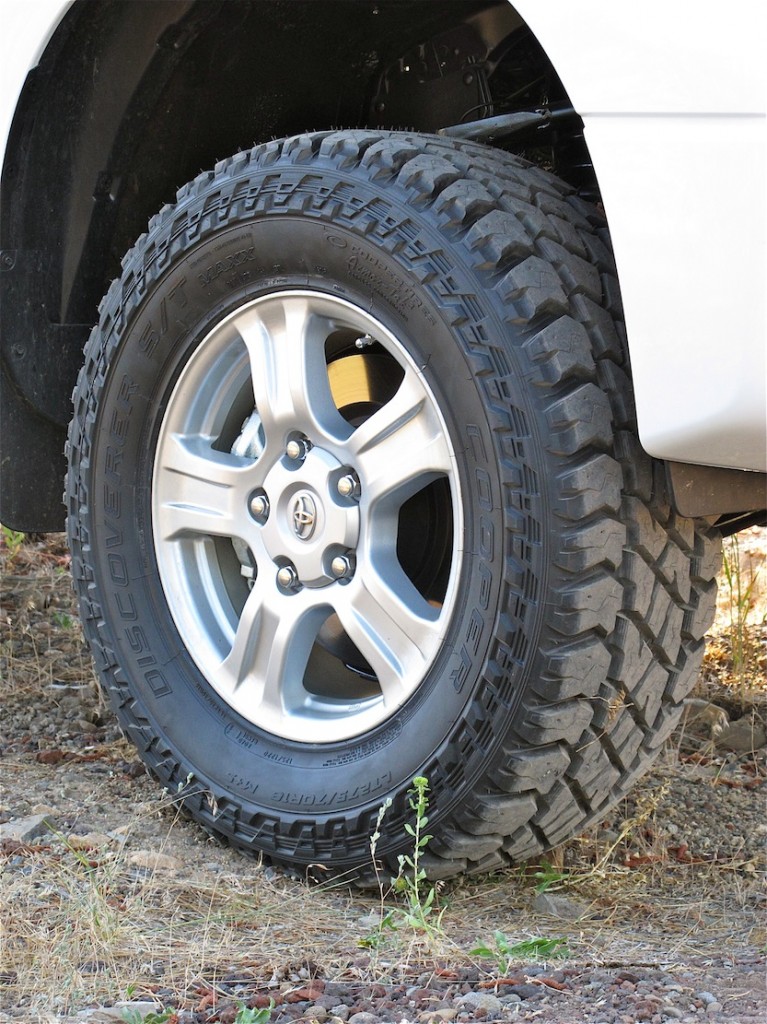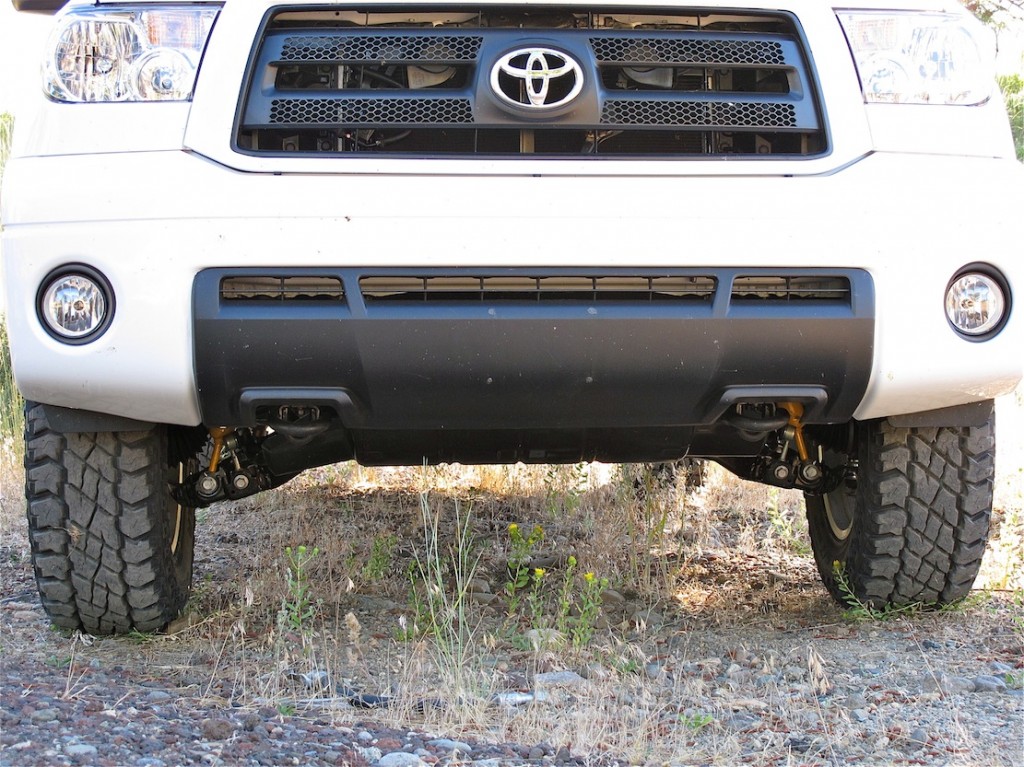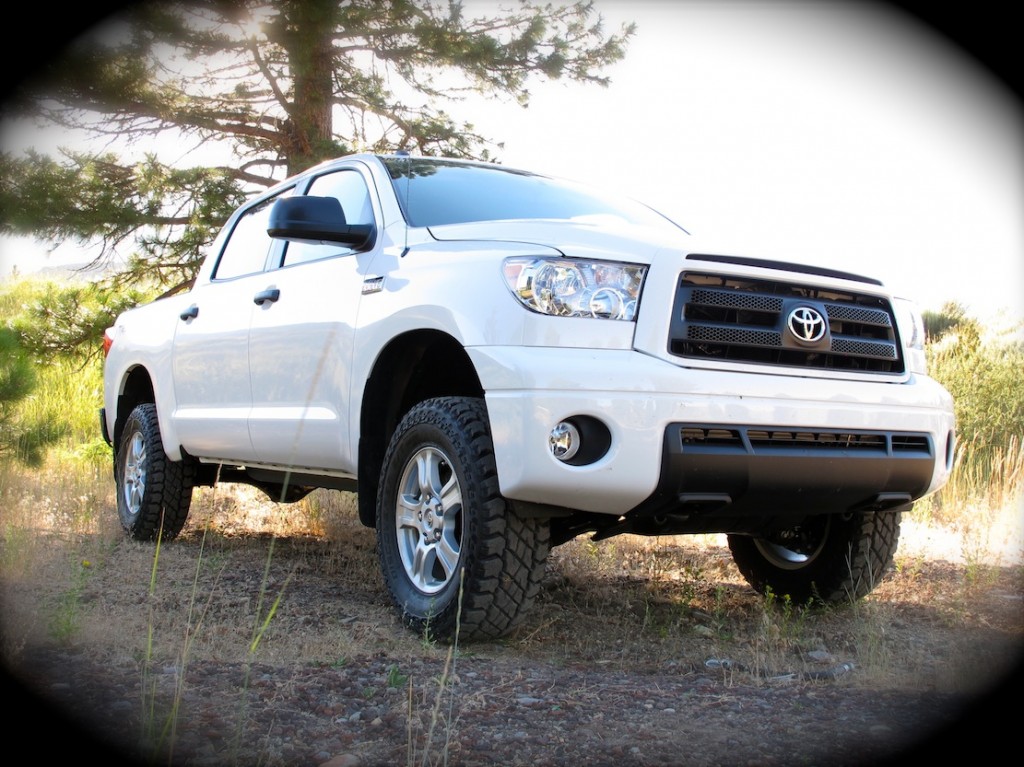Last weekend we had the pleasure of attending the 2012 Overland Expo near Flagstaff, Arizona, and spent four nights camping in our new-to-us Four Wheel Camper. To maximize our time at the event and accommodate our work schedules we were forced to drive the full 730 miles to the Overland Expo in just one day. To reduce our time on the road for what was admittedly a very long day of road travelin’, I didn’t pilot the Tundra at my typical, slow-ish highway speed of 65 miles-per-hour.


When time is short my fuel economy focus is set aside, and I drive and pass as fast as safely possible. With a 70-75 mph posted speed limit most of the way, keeping a very brisk pace was not difficult. The Tundra’s 5.7L V8 is ready to make copious horsepower when I drop-the-hammer, and I’m not hesitant to use high revolutions-per-minute.
Driving in this manner guarantees that more fuel will be used and frequent fuel stops will be required. With a few exceptions, many new trucks don’t have the kind of long-distance range most would like when towing or hauling long distances. For on-highway hauling or backcountry exploring, most trucks with anything less than 30 gallons of fuel capacity (minimum) have a noticeably limited range. More efficient diesels with large factory fuel tanks are often better, but still lacking when serious work is being performed.
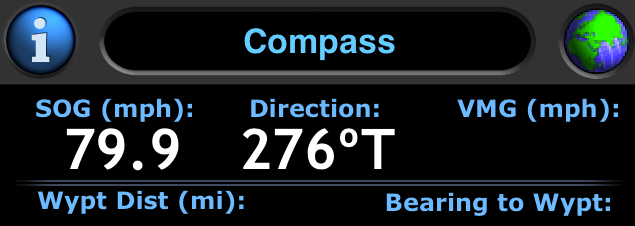
Gas Pump Rant
Stops for fuel (and often a head call) typically take 20 minutes, add-up quickly, and when combined with lunch and/or dinner breaks really contribute to length of the travel day. Added to this in this age of $4+ fuel is the frustration that many filling stations still have pumps that shut off at $75. I love pay-at-the-pump, it’s very convenient and shortens the length of fuel stops. However, a few times on this trip our gas tank was not quite full once the $75 threshold was hit after less than 20 gallons. Because I don’t want to leave a fuel stop with anything less than a full tank, and calculate the fuel economy of each fill-up, I was forced to slide my credit card a second time for what was often very little fuel to top-off. Ridiculous.
Several months ago many gas stations increased their maximum single purchase to $100, a better number for sure, but still not much extra at our current fuel prices. If I ever add a larger tank, at least the second (or third) card wipe will add adding many gallons, not just a few.
Fuel Economy and Range
With the relatively poor fuel economy of light-trucks loaded and traveling fast, particularly gasoline-powered, there is a notable trade-off when exchanging fuel economy for speed.
In the case of this fast-moving 5.7L Tundra, if we had been able to reduce our speed and achieve 13 mpg instead of the 11 mpg we often saw, we would have added 40 miles to each 20 gallon fill-up, a substantial increase in range in exchange for time.
Whether we are running slowly and light or fast and heavy, I wish new trucks came with more fuel capacity, much more. While I’m not opposed to carrying cans of fuel, when traveling mostly on-highway it simply makes sense to stop more often and buy gas for the OE tank at a filling station. Thirty+ gallons of fuel capacity please, more would be better, or substantially increase the fuel efficiency. Either way increased driving range would be the result and is surely needed for those who use trucks as trucks.
Copyright © 2012 James Langan


